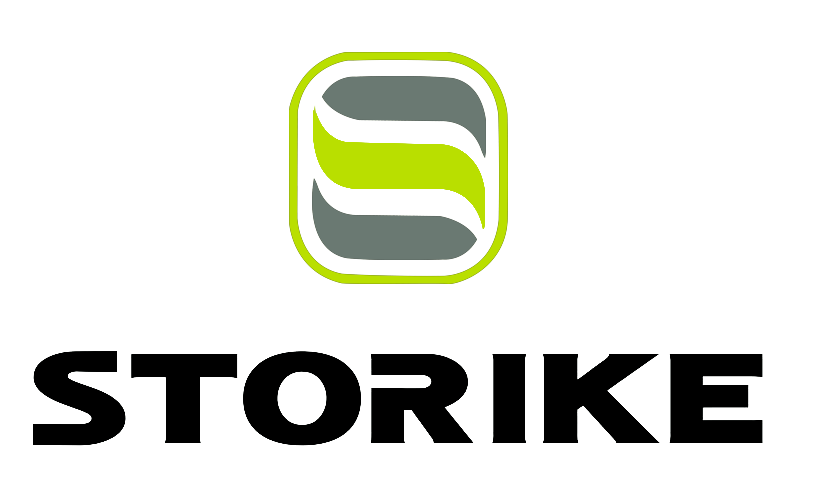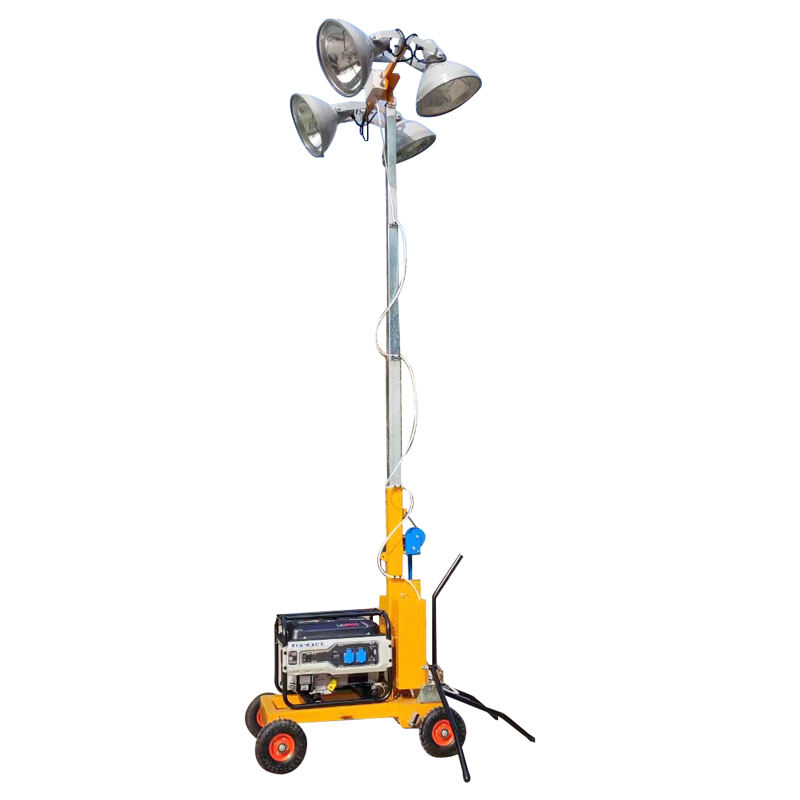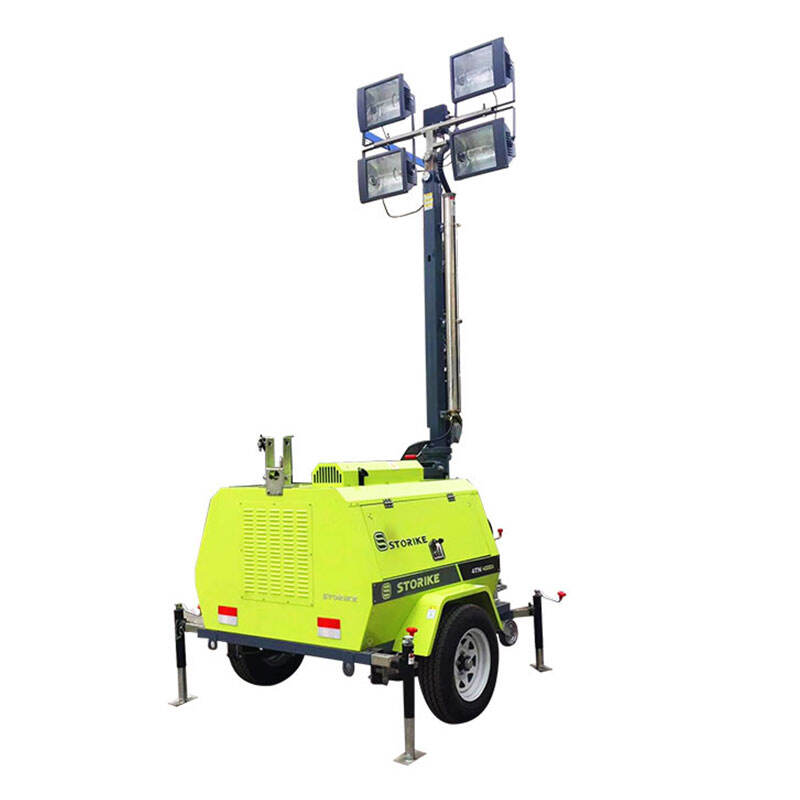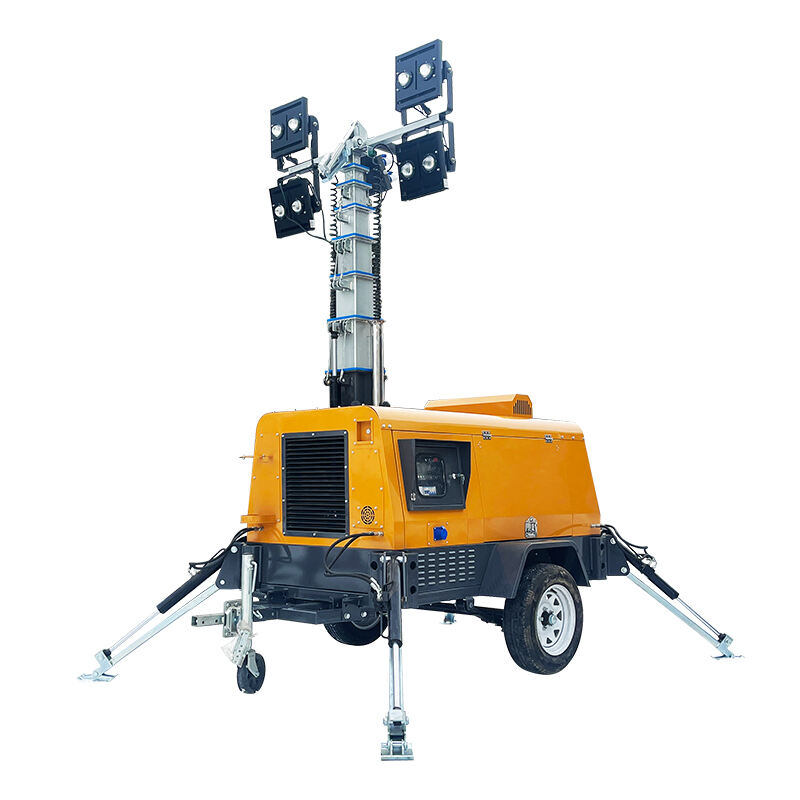Mobile Light Towers: Beyond Illumination - Enhancing Safety and Efficiency
The Evolution of Mobile Light Towers in Modern Construction
Mobile light towers aren't just about throwing light anymore. Back in the day, they were basically big lamps that let workers see what they were doing after sunset. But construction sites today need way more than basic illumination. The newer versions come packed with stuff like warning sirens, air quality sensors, and sometimes even Wi-Fi connections. Contractors love this because it addresses real problems on job sites where safety is always a concern. Take a major highway project for example. These upgraded towers can talk to other equipment on site, spot potential hazards before they happen, and actually cut down on delays caused by accidents. Some companies report getting their projects done faster simply because everyone can see better and respond quicker to changing conditions.
How LED Technology Transformed Portable Light Towers
Switching from old school halogen bulbs to LED tech in those portable light towers represents a major leap forward when it comes to saving power and lasting longer. Let's face it, LEDs just plain beat out the older lighting methods in almost every category. Take a look at the numbers: these LED portable light towers eat up way less electricity while standing up to rough handling on job sites. We're talking about lifespans that stretch past 25,000 hours straight running time before needing replacement. That means fewer trips out to swap bulbs, which cuts down on maintenance expenses and keeps less waste going into landfills. Plus, LEDs run cooler than their predecessors, so there's less risk of accidental burns or fires during construction projects. Philips did some real world testing and found that making the switch to LED tech can slash energy usage by around 70% in actual field conditions. While many contractors tout going green as part of their corporate image, the bottom line is that this move makes sense both environmentally and economically for construction firms looking to trim costs without sacrificing performance.
Safety Enhancement Through Intelligent Lighting Solutions
OSHA Compliance and Hazard Prevention Strategies
Safety remains a top concern at construction sites, and following OSHA rules about lighting isn't just good practice—it's absolutely necessary. Mobile light towers have become a game changer for meeting these requirements while keeping workers safe. OSHA actually specifies different brightness levels needed across various parts of a site, including entry and exit paths plus regular work areas. Better lighting does more than check off boxes on compliance lists; it really cuts down risks we see every day on job sites. Safety reports consistently point out something interesting: well-lit construction zones tend to have around 30% fewer incidents compared to those with poor visibility. Contractors who've invested in quality lighting solutions report dramatically reduced accident rates too. These real world results underscore why many construction managers now consider mobile light towers indispensable equipment for maintaining both safety standards and worker protection throughout their projects.
Wind-Resistant Designs for Stable Operation
Engineering improvements mean today's portable light towers can stand up to pretty harsh conditions including strong winds and bad weather while still working properly. Many manufacturers now build their units to survive gusts around 65 miles per hour after putting them through all sorts of tests. Take those models with heavy duty outriggers and extra reinforcement throughout the frame they just don't tip over easily no matter what kind of storm hits the site. The stability factor matters a lot because unstable lights can lead to serious delays or worse accidents during night work. Construction sites located in regions where weather changes rapidly benefit greatly from these tough designs since workers get reliable lighting when they need it most, keeping projects moving forward safely despite whatever Mother Nature throws at them.
Anti-Glare Features for Worker Comfort
Adding anti glare tech to today's mobile light towers makes a big difference for workers' comfort and safety out on job sites. These features cut down on eye strain and headaches from those super bright lights we all know too well, helping folks stay focused throughout their shifts. Some field reports show crews actually finish tasks faster when there's less glare bouncing around. Construction managers have noticed this trend too many are now specifying anti glare models specifically because they see better morale among teams working under these lights. When companies install these upgraded light towers, what they're really doing is making life easier for everyone who has to work in those often harsh outdoor conditions.
By incorporating these intelligent lighting solutions, construction sites not only ensure compliance and safety but also prioritize the comfort and efficiency of their workforce. Portable light towers are indispensable for maintaining optimal lighting conditions that support productivity and well-being in dynamic construction environments.
Operational Efficiency Features That Redefine Productivity
Fuel-Efficient Generators for Extended Runtime
New developments in generator tech are making a real difference when it comes to saving fuel in construction work, helping crews run more efficiently and get more done each day. Many modern generators now come with hybrid systems and LED lights built right in, which means they burn way less gas but still pack plenty of power for tough jobsites. Take LED lighting for example the US Department of Energy reports these lights slash energy needs by around three quarters compared to traditional bulbs. This translates to longer runtime between fill-ups, which obviously saves money on diesel over time. Atlas Copco has been at the forefront of this trend, rolling out machines that meet strict emissions rules while staying green and efficient. Their approach shows what forward thinking companies can achieve when sustainability becomes part of their core business strategy rather than just an afterthought.
Telescoping Mast Systems for Adaptive Coverage
The telescoping mast system has really changed what mobile light towers can do, giving them way more flexibility across all sorts of job sites. These masts let workers tweak the height and angle of lights so they get good coverage even when working on complicated city builds or tight spaces between buildings. Most contractors I talk to rave about these adjustable masts because they cut down on the need for constant manual readjustments which saves time and headaches during night shifts. According to recent field reports from equipment manufacturers, sites using telescoping light towers see about 15% improvement in overall efficiency since the lights actually reach where they need to go. Beyond just making things brighter, these systems help keep construction zones safer at night too, meaning crews can work longer hours without compromising visibility or safety standards.
Choosing the Right Mobile Light Tower: Key Specifications
SMLV1000QA: Compact Hand-Propelled Solution with Metal Halide Lighting
The SMLV1000QA provides a small but highly mobile lighting option that works well across different situations. With its push design, workers can easily move this unit around job sites without needing extra equipment or help from others. Even though it looks compact, this model delivers serious performance thanks to metal halide bulbs that produce plenty of light while lasting longer than many alternatives. Compared to other units on the market, what really sets the SMLV1000QA apart is how durable it feels and just how bright those lights get. We've seen these units perform exceptionally well at places where lighting needs change constantly throughout the day. Construction crews love them for spotlights during night work, event planners find them invaluable for temporary stage setups, and first responders appreciate having reliable backup illumination when regular power fails.
SMLV1000A/B: Dual-Power Versatility for Various Job Sites
The SMLV1000A/B series comes with dual power options, so they can run either on electricity or generators. This setup gives workers a lot of freedom when dealing with different kinds of jobs where power availability changes from day to day. Switching between the two power modes means operations don't have to stop just because there's no grid connection nearby, which happens all the time at remote construction sites. Field crews who've used these machines talk about how much easier their workflow becomes, especially during those unexpected situations where traditional power fails. These units keep going strong whether it's pouring rain or scorching heat, making them pretty indispensable for anyone working in tough environments.
4TN4000: Heavy-Duty 9m Manual Tower for Large-Scale Projects
The 4TN4000 model is basically a workhorse when it comes to heavy duty lighting needs. At 9 meters tall, this manual light tower handles big jobs on construction sites and other large scale operations. Built tough with reinforced materials that can take whatever rough handling comes its way during long days on the job site. Because of its impressive height, workers get better coverage across expansive areas, which means fewer blind spots at night time. Contractors have started using these towers extensively across manufacturing plants and roadwork zones where proper illumination literally keeps everything running smoothly and safely through those late shifts.
4HVP1600 Series: Full Hydraulic Control with 330° Rotation
The 4HVP1600 series comes with full hydraulic control that really boosts how well things run because operators can tweak settings precisely without breaking a sweat. The hydraulic system lets the lamp post rotate almost all the way around (about 330 degrees) which means lights can cover pretty much any area needed. This makes all the difference on tricky job sites where standard lighting just doesn't cut it. We've seen this work wonders at construction zones and event venues where good visibility keeps everyone safe from accidents. What sets this apart is the combination of its solid hydraulic tech and that rotating capability. Contractors love taking these units from one project to another since they adapt so well whether it's a tight warehouse space or an outdoor concert setup.
Best Practices for Tower Deployment and Maintenance
Proper Mast Extension Techniques for Maximum Stability
Ensuring the stability of a mobile light tower during operation involves following industry standards for mast extension. Proper mast extension techniques are crucial for maintaining tower stability and deployment safety. To deploy masts safely, it is recommended to adhere to a step-by-step approach:
- Base Leveling: Ensure the tower's base is on level ground to prevent tipping.
- Secure Locking: Use locking mechanisms to secure the mast in its extended position.
- Weight Distribution: Distribute the tower's weight evenly to maintain balance.
By following these steps, operators can significantly reduce the risk of instability or accidents. Common errors include neglecting to level the base or failing to secure the mast properly, which can lead to dangerous scenarios.
Weatherproofing Strategies for All-Season Reliability
For mobile light towers to withstand various climates and conditions, implementing effective weatherproofing strategies is essential. Weatherproofing involves using materials and protective measures that enhance durability over time. Some best practices include:
- Protective Coatings: Apply weather-resistant coatings to prevent rust and corrosion.
- Sealed Electrical Components: Ensure electrical parts are well sealed against moisture.
- Durable Enclosures: Use heavy-duty enclosures to protect sensitive equipment.
These strategies not only prolong the lifespan of the light towers but also ensure reliability, even in harsh conditions. For instance, towers equipped with protective coatings have successfully operated in environments with heavy rainfall and extreme temperatures.
Preventative Maintenance Checklist
To maintain optimal performance of mobile light towers, a comprehensive maintenance checklist tailored to these devices is essential. The checklist should include regular inspections and timely servicing routines:
- Weekly Checks: Examine lighting elements, electrical systems and moving parts for wear or damage.
- Monthly Servicing: Replace worn-out components and lubricate moving mechanisms to ensure smooth operation.
- Quarterly Inspections: Conduct in-depth evaluations of the tower's stability and structural integrity.
Industry experts emphasize the long-term benefits of preventative maintenance, noting that regular upkeep not only enhances efficiency but also prevents costly repairs. Consistent adherence to the checklist can significantly improve the tower's reliability and operational life.
 EN
EN
 AR
AR CS
CS DA
DA NL
NL FI
FI FR
FR DE
DE IT
IT NO
NO KO
KO PL
PL PT
PT RO
RO RU
RU ES
ES SV
SV TL
TL ID
ID LV
LV SR
SR SK
SK SL
SL VI
VI SQ
SQ ET
ET TH
TH TR
TR AF
AF MS
MS GA
GA HY
HY KA
KA BS
BS LA
LA MN
MN MY
MY KK
KK UZ
UZ KY
KY











